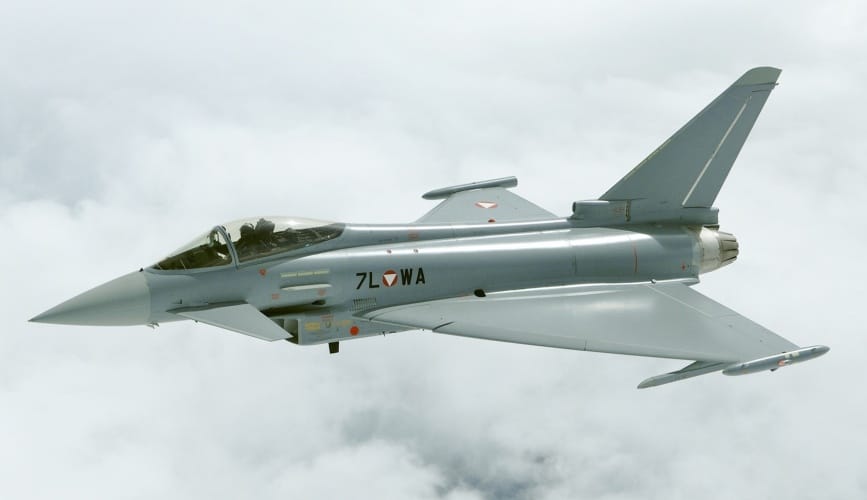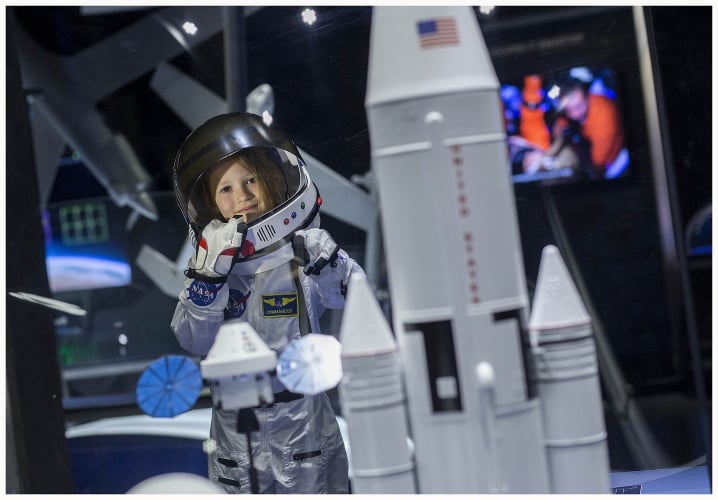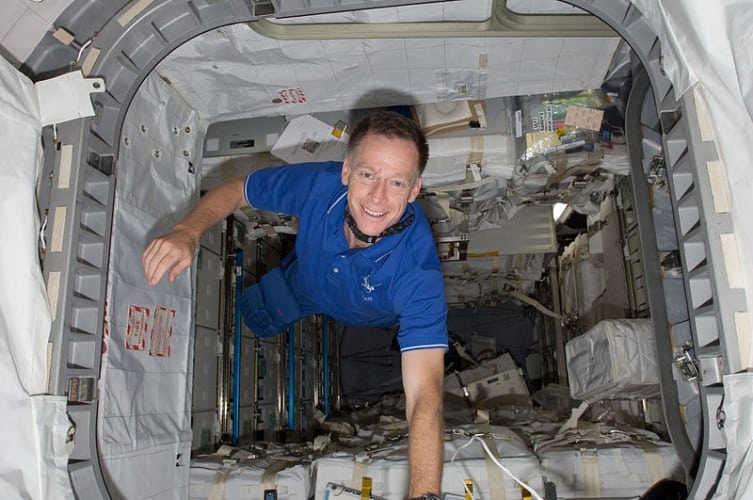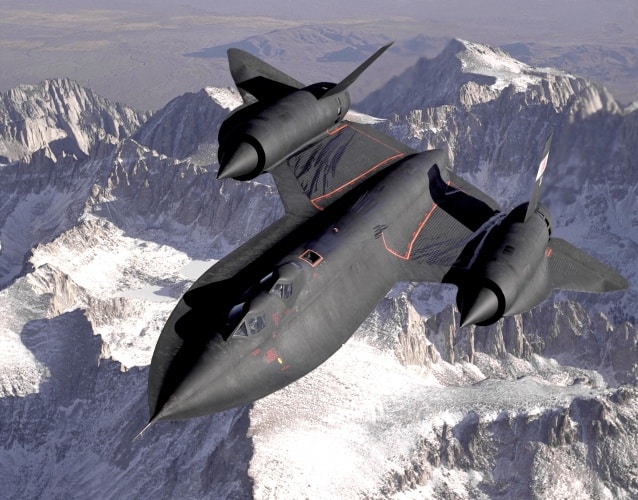 Andrew Wade
Andrew Wade
Senior reporter
As our readers will know, The Engineer is a very broad church that tries to cover all branches of the vast engineering expanse, from automotive and energy, to chemical and marine. Nonetheless, every once in a while we have a week where one sector tends to dominate. For me this week that sector was aerospace, and there were no complaints coming from my direction.
Aerospace is perhaps engineering’s sexiest façade, the manifestation of humanity’s seemingly innate desire for flight and exploration. It’s the source of some of our finest achievements, from the jet engine and Concorde, to Sputnik and the Apollo missions. What’s more, the scale of investment required in the sector is often at the root of trans-national collaborations such as the International Space Station and the Eurofighter, with the former often mooted as a genuine contender for the Nobel Peace Prize.

The UK has been at the forefront of the sector for decades and has the second largest aerospace industry in the world after the US. While its tradition in aviation is easy to trace, Britain’s contribution to extra-planetary matters has been somewhat less celebrated, with much of the work going on behind the scenes rather than in front of the camera. That all changed recently with Tim Peake’s mission to the ISS, an event that has no doubt inspired many – both young and old – across the UK and beyond.
A new exhibition opening today will be looking to capitalise on space’s current resurgence in the national consciousness. Above and Beyond is an interactive experience showcasing the wonder of flight and the impact of aerospace innovation. Sponsored by Boeing and hosted by the National Maritime Museum in Greenwich, the exhibition is aimed at 7-14 year olds and aims to encourage the next generation of British engineers, pilots and astronauts.

On hand to launch Above and Beyond during the week was Chris Ferguson, a NASA veteran that flew on three Shuttle missions, including as Commander of the iconic spacecraft’s last ever outing (STS-135 Atlantis). Ferguson is now deputy manager of Boeing’s Commercial Crew Programme, where his main focus is the CST-100 Starliner that will transport astronauts and cargo to and from the ISS. The Starliner programme is being developed by NASA in tandem with Orion, the crewed spacecraft that will travel back to the Moon and, hopefully, even further. According to Ferguson, the astronauts that will take the first steps on another planet are probably in the age range Above and Beyond is aimed at.
“The first person to set foot on Mars is likely to be studying in school today,” he said at the launch. “So many people inspired and supported me to become an aviator and astronaut when I was younger, it’s great to have the opportunity here in London to spur on the next generation to continue humanity’s exploration of space.”

This week I also had the pleasure of speaking to David Parker, former head of the UK Space Agency and recently appointed director of Human Spaceflight and Robotic Exploration at the European Space Agency. Among the topics we discussed were Tim Peake and the next ESA crew missions to the ISS, as well as the possibility of further UK crew involvement in the future. I also got to pick David’s brain on ESA’s involvement with Orion, the ExoMars delays, and the European Robotic Arm mission that’s scheduled to launch to the ISS next year. The interview will be appearing in an upcoming issue of The Engineer.
Last, but by no means least, my week of aerospace indulgence was rounded off yesterday when I attended the ‘What Price Speed?’ conference at the Royal Aeronautical Society. Featuring a diverse range of speakers from companies such as Hybrid Air Vehicles (Airlander), Airbus Helicopters, Rolls-Royce and Reaction Engines, the event’s overarching theme was speed, in all its relative forms.

One topic well covered by several experts was that of supersonic and hypersonic flight. The consensus seems to be that technology is ushering in something of a speed renaissance, where the glory days of Concorde and Blackbird could be revived. However, the costs associated with going supersonic/hypersonic are so great that we are unlikely to see passenger aircraft pushing the Machs anytime soon. For Airbus and Boeing the focus is on fuel efficiency, with billionaire’s business jets the most likely candidates to challenge the boundaries of speed. So for youngsters hoping to one day go hypersonic, the options seem straightforward: become a billionaire or become an astronaut. My personal preference would be for less of the former and more of the latter.





Project to investigate hybrid approach to titanium manufacturing
Sadly they will not be ordering any more presses from Wilkins & Mitchell http://www.historywebsite.co.uk/articles/Darlaston/WM.htm